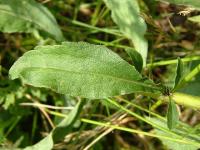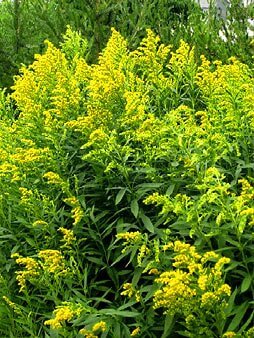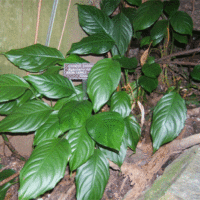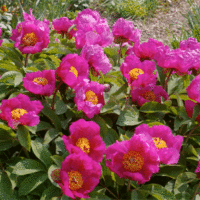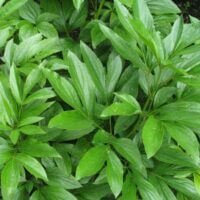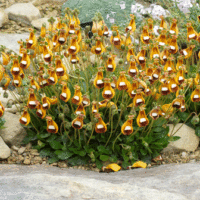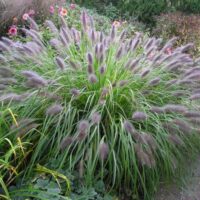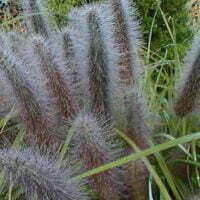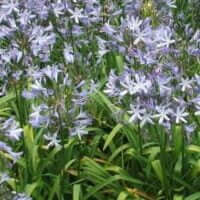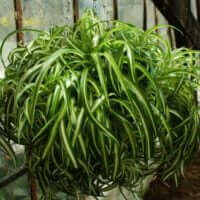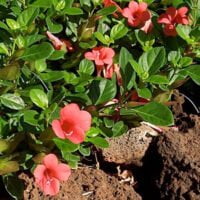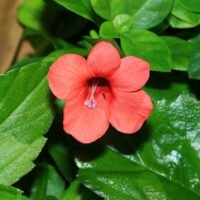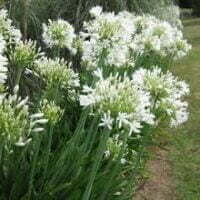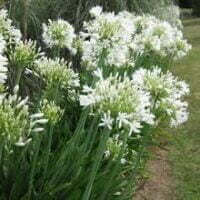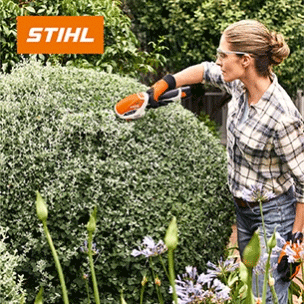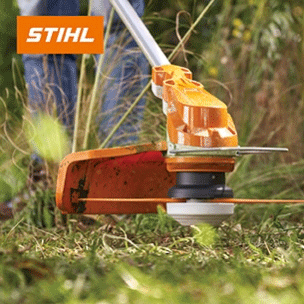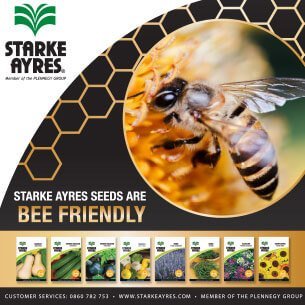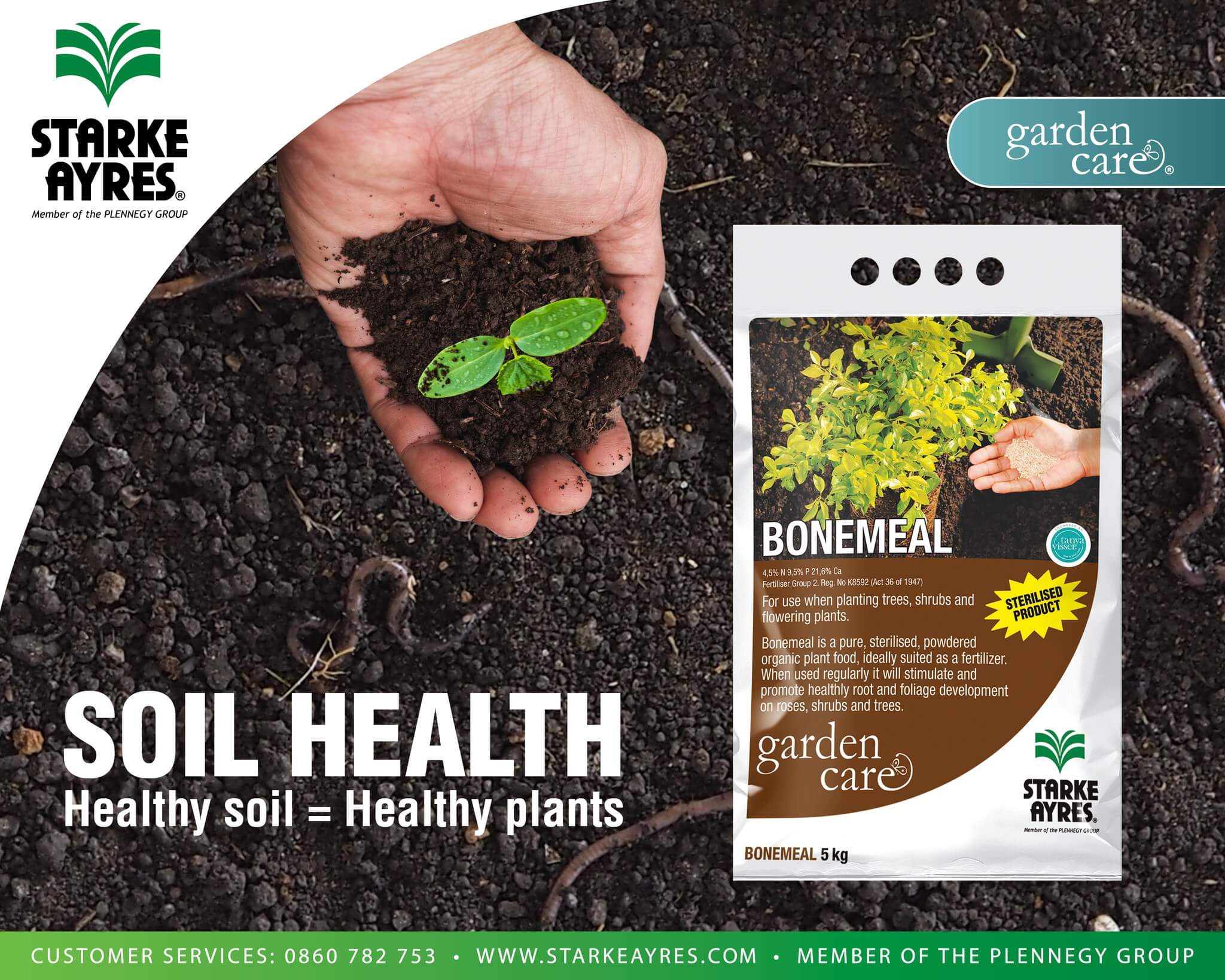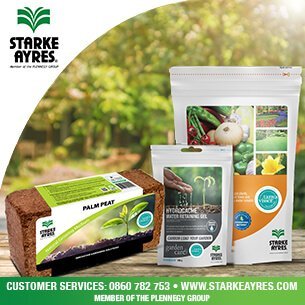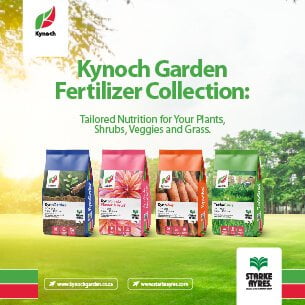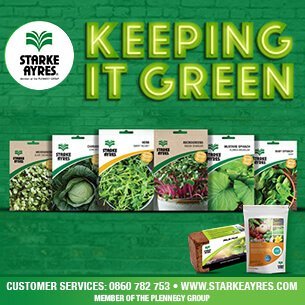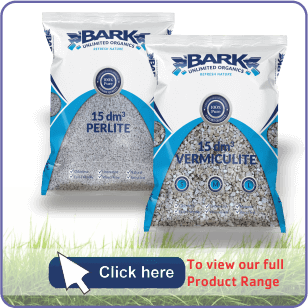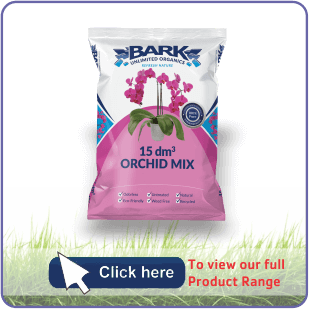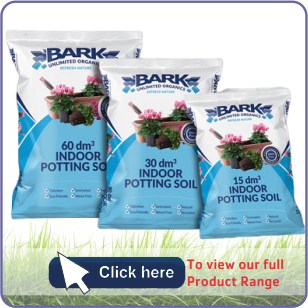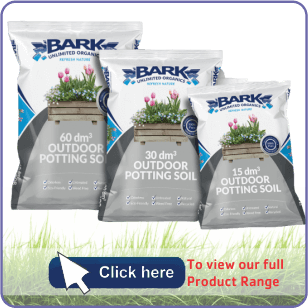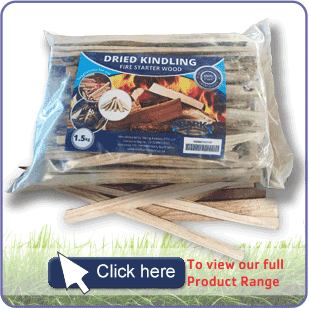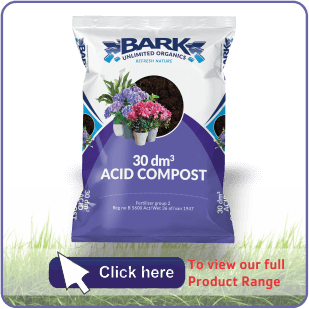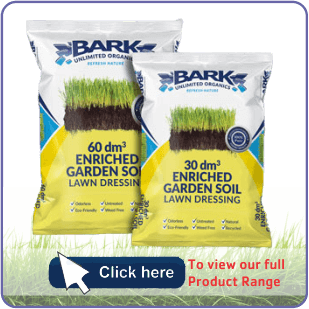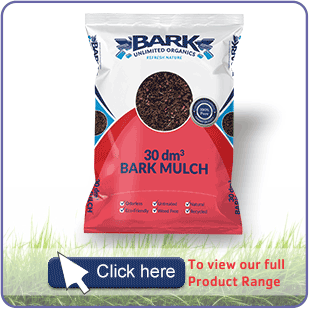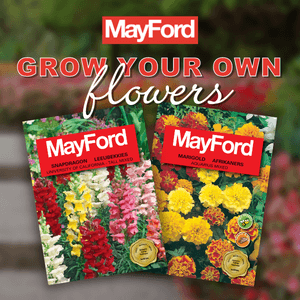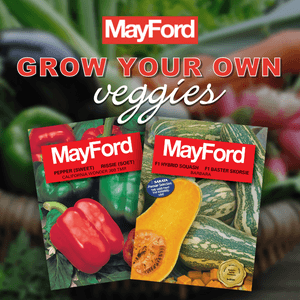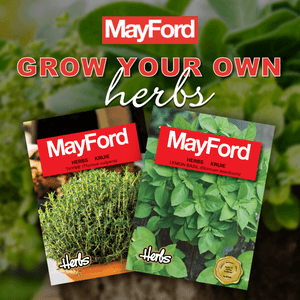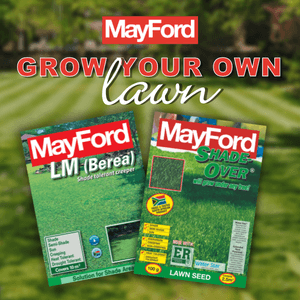| Botanical name | Solidago virgaurea |
|---|---|
| Plant Care |  Full Sun Full Sun – Prefers 6 or more hours of sun per day. Frost Hardy Frost Hardy – Can Handle frost without damage.  Moderate Watering Moderate Watering – Requires Regular Watering.  Non Indigenous Non Indigenous – Exotic to South Africa. |
| Size | |
| Categories | |
| Flowers | The hybrids flower have showy, yellow plumes that stand above its lanceolate, midgreen leaves. |
| Common name(s) | European goldenrod |
| Origin | |
| Foliage | The leaf margins are usually serrate, and leaf faces may be hairless or densely hairy. |
| Uses in landscape design | The goldenrod makes an excellent background plant in informal gardens and borders. |
| Soil conditions | Deeply dug and richly composted soil. |
| Uses | Medicinal – Goldenrod tea is used for treating everything from upset digestive systems, sore throats, kidney ailments, urinary infections, cystitis, for healing wounds and helps clear Candida, hayfever and rhinitis. Goldenrod tea is even used for treating toxins, bladder stones, arthritic and rheumatic inflammatory conditions. |
| Wildlife attractions | Attracts ladybirds, hover flies, lace wings and praying mantises. |
| Interesting planting ideas | Plant golden rod in the vegetable garden, it attracts ladybirds, hover flies, lace wings and praying mantises, who all eat aphids, ants, mealie bugs and caterpillars. |
| Interesting info | Traditionallly healer's use goldenrod plant for wound healing. |
| Propagation | Propagate by means of rooted tufts dug off the mother plant in winter, these small rooted pieces can be planted into compost filled bags and left in a shady, closed off area to establish. Once they are well established, place the bags in the sun daily for a short period of time until they have hardened off. Then plant the little plants directly about 500mm apart and water 2 to 3 times a week. |
| Other languages | Goudroede (A) |
Solidago virgaurea (European goldenrod)
- Botanical name: Solidago virgaurea
- Common name(s): European goldenrod
- Categories: Ground Covers and Perennials
Plant description:
Hybrids of this excellent florist’s flower have showy, yellow plumes that stand above its lanceolate, midgreen leaves. It forms neat, round bushes.
Family: –
Synonym: –
Botanical Pronunciation: –
Solidago virgaurea requirements and features
info on these icons
Moderate Maintenance
Requires moderate maintenance.
Prohibited Use Notice: No Data Scraping Allowed Except for Search Engine Indexing:
The content provided on PlantInfo.co.za is intended for personal, non-commercial use only. Unauthorized extraction, reproduction, or use of the data, including scraping, for any purpose other than search engine indexing is strictly prohibited. Violations of these terms may result in legal action. By accessing and using this website, you agree to comply with these conditions and acknowledge the legal restrictions on the use of our content.
The hybrids flower have showy, yellow plumes that stand above its lanceolate, midgreen leaves.
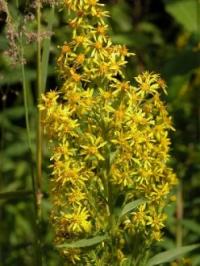
The leaf margins are usually serrate, and leaf faces may be hairless or densely hairy.
